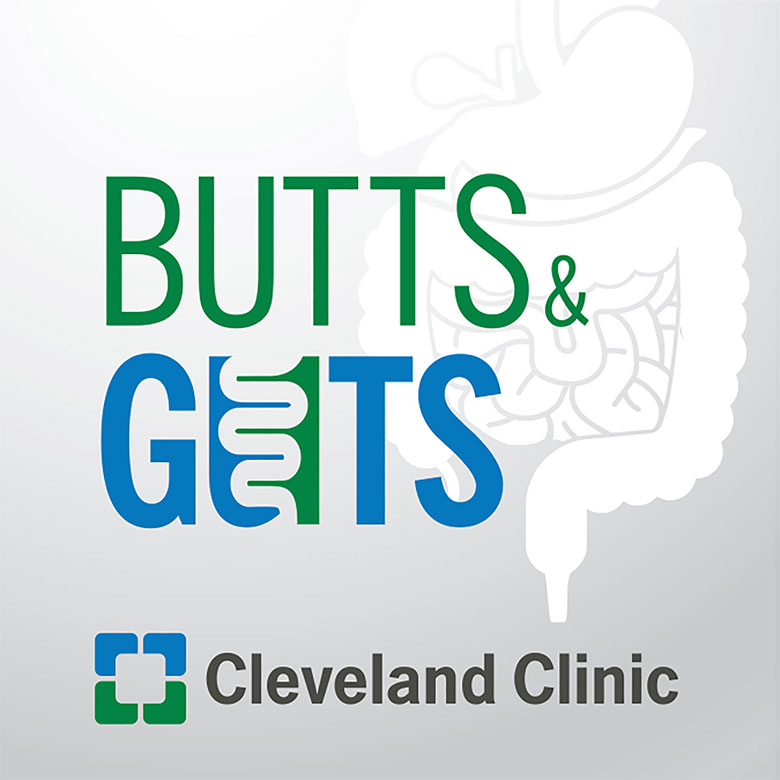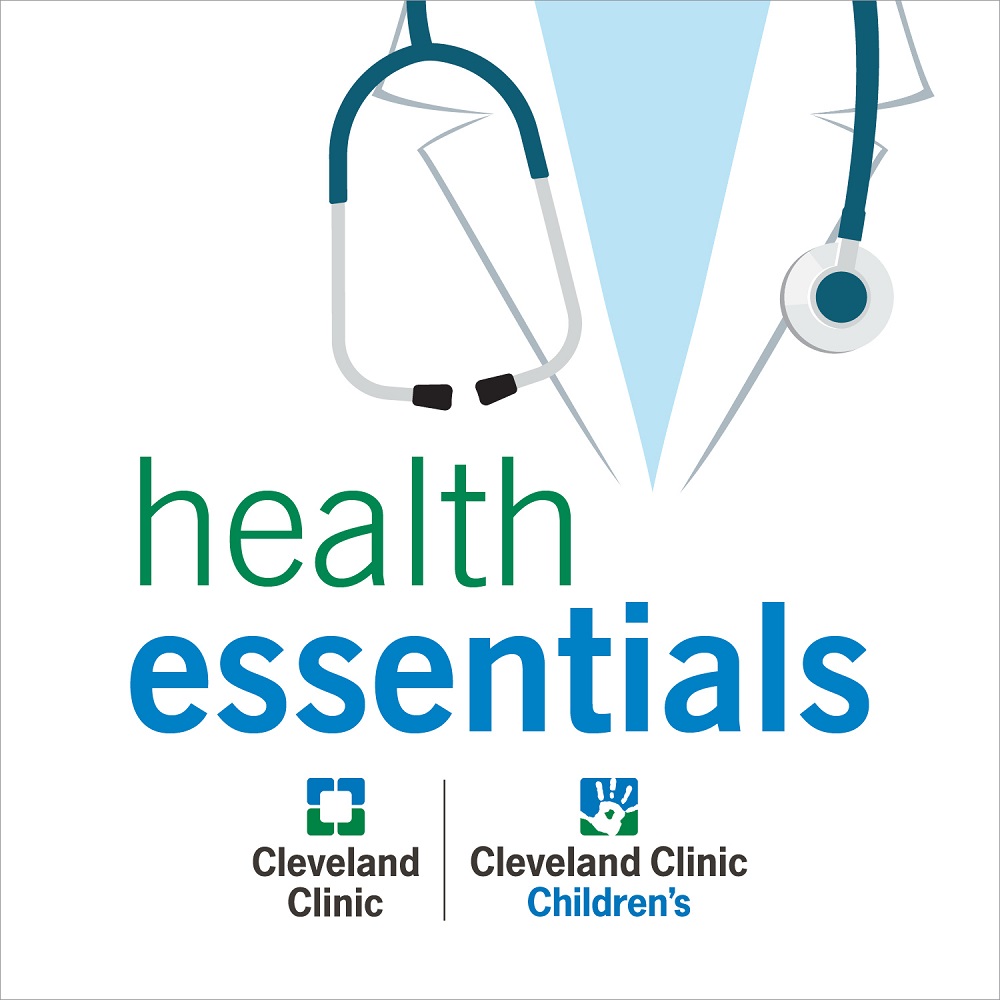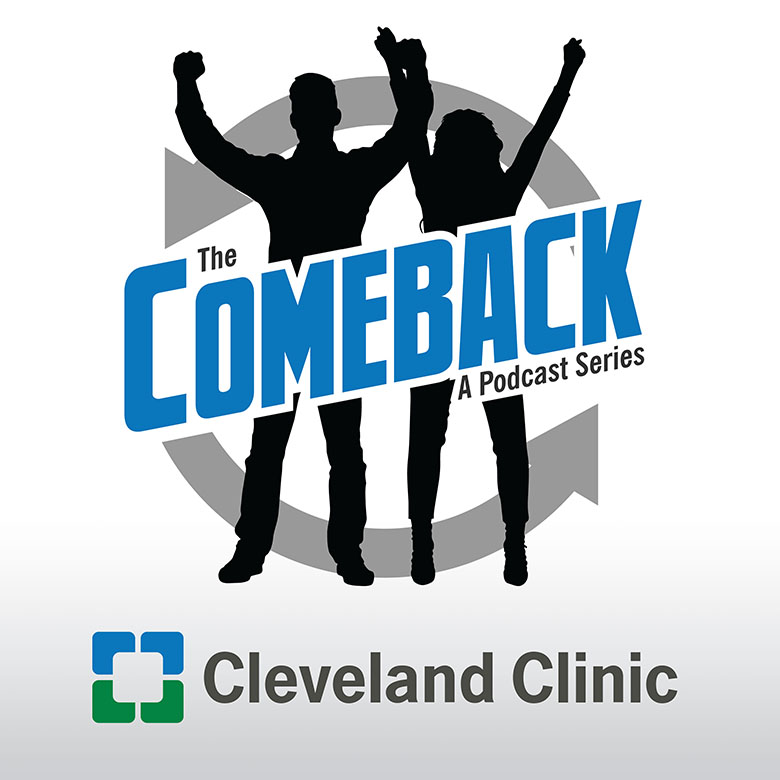Ask the Heart Doctor: Aortic Aneurysm Treatment & Surgery
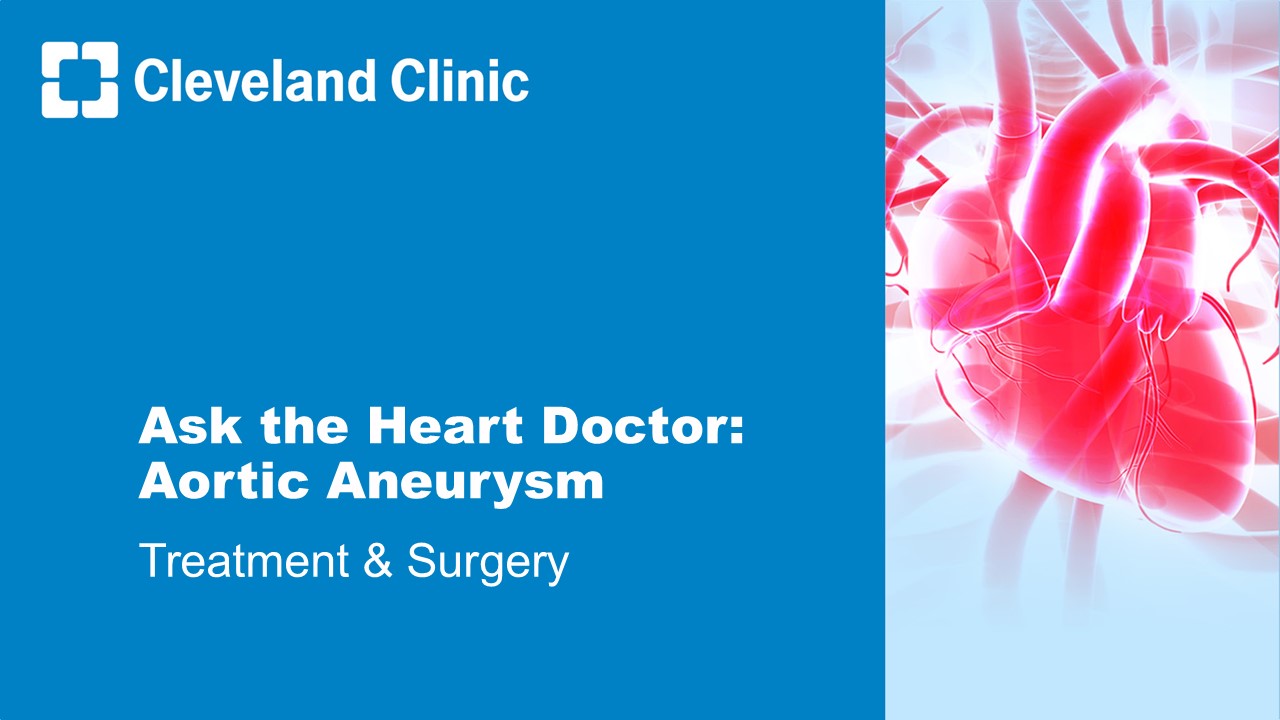
The aorta is the large blood vessel that moves blood from the heart through the rest of the body. Sometimes, genetic conditions, heart valve and blood vessel diseases or lifestyle choices can cause a bulge in the aorta, called an aortic aneurysm. Learn more about living with thoracic aortic disease, including risk factors, when to plan for surgery and the latest treatment advances.
Learn more about our heart experts:
Cardiothoracic surgeon Eric Roselli, MD
Cardiothoracic surgeon Patrick Vargo, MD
Vascular surgeon Francis Caputo, MD
Cardiologist Vidyasagar Kalahasti, MD
Cardiologist Milind Desai, MD, MBA
Schedule an appointment at Cleveland Clinic by calling 844.868.4339.
Subscribe: Apple Podcasts | Podcast Addict | Buzzsprout | Spotify
Ask the Heart Doctor: Aortic Aneurysm Treatment & Surgery
Podcast Transcript
Announcer:
Welcome to Love Your Heart, brought to you by Cleveland Clinic’s Sydell and Arnold Miller Family Heart Vascular and Thoracic Institute. This podcast will explore disease prevention, testing, medical and surgical treatments, new innovations and more. Enjoy.
Eric Roselli, MD:
Hello everyone. Welcome to the Ask the Heart Doctor webinar focused on thoracic aortic diseases of the chest. I'm Eric Roselli, the Cardiac Surgical Director of the Aorta Center here at the Cleveland Clinic. Cleveland Clinic is the largest aorta center in the Western Hemisphere. We do nearly 1,500 aortic operations a year, and most of those involve the thoracic aorta, or the portion of the aorta in your chest. We do it really well. The way that we're able to take care of all those problems is with an entire team. It’s not only a team at many levels, but even at the leadership level, there are many members of this team. I'm here with many of the leaders of that team today to answer your questions about thoracic aortic disease. I'm just going to ask each of my colleagues on the panel here to introduce themselves. Milind, if you want to start from that end.
Milind Desai, MD, MBA:
Hello, everybody. Thank you for joining. I'm Milind Desai. I am Vice Chair of HVTI (Heart, Vascular and Thoracic Institute) and the medical director of the Aorta Center. It's great to be on this panel.
Vidyasagar Kalahasti, MD:
Hi, my name is Vidyasagar (Sagar) Kalahasti. I'm the Director of the Marfan and other Vascular Connective Tissue Disorders Clinic in the Aorta Center. Glad to be here and thanks for the invitation.
Francis Caputo, MD:
Hi, good morning. My name is Frank Caputo. I'm the Vascular Surgery Director of the Aortic Center. Again, I'm honored to be on this panel.
Patrick Vargo, MD:
Hello, my name is Patrick Vargo. I'm one of the heart and aorta surgeons here. I work in the Aorta Center with these colleagues of mine and happy to be here. Thank you for joining us.
Eric Roselli, MD:
We're here to answer questions from patients. Fortunately, several of our outstanding nursing team members who handle a lot of phone calls and educational opportunities for our patients gathered several questions for us. We got some questions about what does surgery look like? Does age have an impact on when surgery is suggested?
Milind Desai, MD, MBA:
It's all relative. It's all dependent upon the clinical situation, how the person looks at that, what are the other comorbidities? It's not a simple answer anymore, certainly not at the Cleveland Clinic where we push the envelope of good surgical outcomes to the max.
Eric Roselli, MD:
Yeah. What about patient size?
Milind Desai, MD, MBA:
Again, same way. It is all relative. Of course, if you are morbidly obese, that becomes challenging. In an elective procedure, we have often recommended that we help with weight loss situations and then revisit them. Now in the current era of these novel medications that are resulting in dramatic weight loss, I think we are going to see more and more of that. Especially if I know based on the trajectory, you may need an elective operation in the next 6-12 months, whatever it takes to lose 40, 50 pounds before you go into an operative situation would be a good thing.
Eric Roselli, MD:
Yeah, yeah, I think that's a good point. Losing weight probably makes recovering a little bit easier, but also something about height might come into play when we make decisions. Shorter patients, we might operate sooner because your aorta is bigger, relatively.
There's probably a couple of different ways to operate on aortas. Dr. Vargo, can you tell us what the typical approach to aortic root aneurysm might look like?
Patrick Vargo, MD:
Aortic root surgery, that's the part of the aorta that joins to the heart. It's the base of the aorta that comes out of the heart. It's where the aortic valve is attached to the aorta and the heart. It's where the coronary arteries come off the aorta and travel to the heart. There's been a lot of advances in minimally invasive and endovascular stenting strategies, but this area still tends to really be an open surgery. By open I mean through an incision. That’s the way that we've been doing it for some time, which is an incision through the breastbone. The way we treat it here is we cut out the aorta that's damaged and we replace it with a synthetic tube. That synthetic tube is made out of Dacron. It's a material that's been around for many, many, many years and it's quite durable. So, that should last when we put that in. That replaces the part of the aorta that is weakened or damaged, and it eliminates the risk for it rupturing when you have that aorta in there, that synthetic tube in.
Then, how we address the valve, here at the Cleveland Clinic, if the valve is healthy, we very much try to preserve the valve and re-implant it, both to avoid the durability limitations of animal valves and to avoid the need for blood thinners with mechanical valves. If the valve is not healthy, though, then that's something we've got to talk about replacing and talk about what a patient's preference would be for replacing that valve. The hospital stay to do that operation is usually about four or five days.
Eric Roselli, MD:
That's our most common approach for the root. But as we get further down the aorta, certainly in the downstream aorta, you made some reference to some of these minimally invasive endovascular techniques, but now we're seeing some application of these less invasive techniques in other parts of the aorta. Dr. Caputo, can you expound a little bit about that? What is TEVAR is one of the questions?
Francis Caputo, MD:
Sure. TEVAR stands for thoracic endovascular aneurysm repair. Essentially, if you think about it, it's taking material like Dacron and putting stents on the inside to give it some structure, give it some reinforcement. What that allows us to do is literally reline your aorta. If you have a good seal zone, and a seal zone being normal aorta above and normal aorta below, we're able to put this stent in to exclude the aneurysm, kind of fixing a bubble and a tire by putting a new inner tire in.
With that being said, as the aorta goes down towards the belly, it gets a little more complicated. Because the aorta's whole thing is to be the superhighway to supply the side roads to your intestines, your kidneys, your legs, your arms, your brain, you can't just stent across these things without causing complications. You’ve got to have branches and different types of holes. This is where a lot of research in endovascular techniques is being done in order to provide blood flow to your vital organs, as we're trying to do minimally invasive approaches.
Eric Roselli, MD:
And is TEVAR an option for the ascending aorta?
Francis Caputo, MD:
We know that it's in trial right now, and what we're looking at is in certain patients that are failing surgical consideration or may not be candidates for open surgery due to co-morbidities, that there is some endovascular means to treat not only aortic aneurysms of both the ascending but also potentially dissection of the ascending, particularly with newer TEVARs like I mentioned before, that have side branch to provide blood flow to the head vessels.
Eric Roselli, MD:
And we're leading some of those trials.
Francis Caputo, MD:
Dr. Roselli is the National PI (primary investigator).
Eric Roselli, MD:
Dr. Vargo is a PI here, and we've done many of those cases together. There are options, but as Dr. Desai was saying, it's all relative to your individual situation. As we have more tools at hand, you want the expertise that you have on a panel like this to help make those decisions so that we're tailoring each of these decisions to your individual disease and your individual concerns and wishes, so that it's something that's durable, safe and lasting.
In the discussion of how to treat these aneurysms, “I have an upper aneurysm,” the patient says, “and I've read about an exterior sleeve operation that they're performing in England. Do you have that option available in the States?” I'm going to address that one.
That's something called a PEARS (Personalized External Aortic Root Support) procedure. They've been custom-building these fabric tubes, and the surgeons still do open surgery and dissect a lot of the aorta out, and then they wrap the aorta with a graft. They've been able to do it fairly well, although they had a significant amount of complications in the early experience. That certainly gave everyone pause here. We're not seeing it performed routinely in the United States because the idea of wrapping an aneurysm is not a new one. 70 years ago, they tried to wrap Albert Einstein's with cellophane, I think, and it failed pretty badly. He died. There may be potential for this technology, but we have not embraced it because we haven't really felt that it was necessary. We have these other options that I think we trust a lot better, but there are several new technologies to approach aneurysms in different ways. Dr. Caputo, you wanted to mention something.
Francis Caputo, MD:
Just reducing the diameter of an aneurysm doesn't necessarily take the risk of the aneurysm [away]. Remember, the diameter of an aneurysm or the size of an aneurysm is just a surrogate for complications, right? Rupture. But, there are a lot of things going on. People often ask, “I was told I have thrombus in my aneurysm, what does that mean?” So, it gets lined with this biologically active material because of flow mechanics, but your aneurysm is an active biological thing going on in your abdomen that the diameter is just a surrogate marker. I think I agree that when you are diagnosed with these, and it's time to fix these, you're not just removing it because of size, you're removing it because it's a biologically active inflammatory, pro-inflammatory milieu of things going on in your body that you're getting rid of.
Eric Roselli, MD:
Yeah, that's a good point. When we say we repair your aneurysm, we're replacing it. Even endovascularly, we're really replacing it just on the inside with a new fabric hose.
One of the questions was about how long does aortic graft surgery last? I guess the simple answer is, well, it depends on how long you last. Most of them, the materials are exceptionally durable, but the things we attach them to may or may not be. We have to follow these patients. Dr. Kalahasti and Dr. Desai, can you both weigh in about follow-up for patients who have had some surgery?
Milind Desai, MD, MBA:
Yeah, I think like you said, the material is durable, but there is something that we call anastomosis, where we suture these grafts to potentially native tissue, which may or may not be diseased. It may develop disease down the road. We have to monitor that closely. We have to monitor other areas of the aorta routinely. The general rule of thumb is an annual visit. These folks, we are fairly liberal with CAT scans because that probably provides the most gold standard way of looking at these anastomotic sites as well as other growth. In addition to all that, and I'll also let Sagar speak to it, but tight comorbidity control. Just blood pressure is not a song and dance you do before surgery, but that's a lifelong thing. Blood pressure, all the other risk factors.
Vidyasagar Kalahasti, MD:
Just in addition to that, to expand on the point of durability, I have patients going 20 plus years since they have had their aorta graft surgery, and the graft is still working very, very well. I think managing your overall health to stay healthy, to keep your blood pressure and heart rate under control, and with regular surveillance, I think in some patients it's a one-and-done kind of situation. That's very, very important to keep in mind.
Eric Roselli, MD:
Yeah, I think if you have an aortic dissection, we probably watch you a little bit closer. If you've got an aneurysm without one of the known genetic triggers, we might watch you less often and just check in every so many years. There's a whole range in between, so I think that's very valuable to appreciate.
The last couple of questions I think we probably ought to address are about lifestyle. Either while we're watching an aneurysm or maybe even after you've had some surgery. Patients want to know, and this is probably relevant while someone is deciding to have surgery or not, what will my life look like afterward?
Vidyasagar Kalahasti, MD:
I think one of the common questions, both on the cardiology side and on the surgical side is, what can I do? I've been diagnosed with this condition, so what limitations do I have? In general, I think sometimes some patients are told to do nothing. Essentially, stop doing everything because you have an aneurysm that's ready to pop. That's the most serious advice that somebody gets and it becomes very, very difficult for them to live their lives. In general, how we approach is, or at least I approach is, what's the size of the diagnosis at the time of diagnosis. If it is four centimeters, when the upper limits of normal is maybe 3.8 centimeters, that's not a situation where we should restrict people from doing anything. On the other hand, if your initial diagnosis is more than five centimeters, then we are already talking about sending you to surgery.
So, in between, I think one of the things that we do recognize is that any kind of isometric or weightlifting type exercises could theoretically increase your blood pressure very high and put you at risk for a complication like a dissection or a rupture. Probably that may be something to limit, but again, what is the threshold? What is that? Do I do 50 pounds or do I do 40 pounds? I don't think there's any strict number. I think the surgical colleagues may have a little bit different experience with some of the patients that I've seen who come with dissections, and some of those patients were not doing anything when it happened, right? So, it's not all about that if you do this certain activity, something's going to happen to you. What is relevant for one patient may not be relevant to the other. It just comes down to the individual patient to find the best advice we can give them with regards to some of these activities.
Milind Desai, MD, MBA:
So, the important thing that I tell folks is under almost no circumstance am I going to restrict aerobic activities. Aerobic activities are generally okay, especially if you are tightly beta blocked, et cetera, your heart rate is not going to go too much up. People get hung up on, “Is my upper limit 120 beats per minute, 140 beats per minute?” I just say there's no cut threshold definite that has been shown. But aerobic activity, maintaining ideal body weight, blood pressure, heart rate, I almost never put a restriction.
Eric Roselli, MD:
Running, biking, swimming, having sex, all those things are okay. Live your life. Right?
Milind Desai, MD, MBA:
Yeah, live your life, absolutely. The isometric exertion, people don't understand. Anything that makes you exert to a large extent, you've got to be careful. But like Sagar mentioned, the majority of the dissections don't occur when you are doing these kind of things. The majority of them occur just randomly.
Eric Roselli, MD:
Yeah. When we did the survey of a bunch of dissection patients, we ran two surveys. 15% of people were woken from sleep. We don't tell them not to sleep anymore, right? So, there might not be anything that you can do to reverse this problem. There are a few things you can do to probably accelerate it, like abusing methamphetamines and cocaine. Power lifting is definitely something we worry a little bit about, but sometimes people hear these recommendations and they're worried to strain on the toilet. If your aorta is that fragile-
Patrick Vargo, MD:
We're going to fix it.
Eric Roselli, MD:
Right?
Patrick Vargo, MD:
Yeah.
Eric Roselli, MD:
We can fix aortas really safely. Can you guys comment, what's the risk of death from a typical aneurysm surgery?
Patrick Vargo, MD:
I mean, you asked me about aortic root surgery earlier. I think looking at all of our aortic root surgeries, including even emergencies, the overall risk for death was less than a percent, a fraction of a percent. We do surgery very well here, very safely here. As you mentioned earlier, we're the highest volume center for aortic surgery in the United States.
Milind Desai, MD, MBA:
As a non-surgeon cardiologist, I think a powerful statement that we use is that there is an STS, Society of Thoracic Surgeons, threshold that is established. If you are a good surgical team, you need to be at a certain threshold. Cleveland Clinic provides outcomes that are three times better than that threshold, not the national average, a threshold set by STS, we are three times better. I think that's a powerful statement for patients to hear and family members to hear.
Vidyasagar Kalahasti, MD:
Just one point about the activities. If somebody already had a dissection, obviously the aorta already has a tear in it, right? So, you just want to be a little bit more cautious in those patients with regards to, again, weightlifting is a big thing, and also genetic diseases. Sometimes they can dissect at smaller sizes. We are sometimes a little bit more restrictive in those patients. But in the general population, I think what I said before, it's still very much applicable.
Francis Caputo, MD:
I think the giant elephant in the room that we haven't mentioned is the number one thing you can do, if you are doing it, is to stop smoking. I do agree that doing drugs and stuff, methamphetamines and cocaine is bad. But everyone asks, what can we do? I think if you look at one of the number one risk factors for aneurysm progression, it's smoking, it's nicotine. I think that is something that I tell my patients, number one thing you can do is stop smoking. After that, go for a walk and go from there.
Eric Roselli, MD:
Yeah, sitting around isn't going to slow anything down. Stay active and live your life, and get a partnership with one of these great folks who know something about the aorta to work with, to develop a plan to monitor things.
I just have to address this last question because it's from a mother who's worried about her teens who have a bicuspid aortic valve diagnosis, and she says, "Will they eventually have open surgery? I worry every day about death." No, stop worrying about death and start living. The presence of a bicuspid valve sometimes doesn't even ever require an operation.
But more importantly, embrace this knowledge and find a caregiver, a surgeon, a cardiologist, an aorta specialist to help you build your knowledge so that you understand what's going on so that you can be empowered to handle it and address problems as they come along with optimal medical therapy, good lifestyle, and eventually surgery if it's necessary.
Thank you guys for your time this morning. Always enjoy talking about aortic disease and sharing knowledge with our patients, and thank you all for joining us. There will be opportunities for you to reach out to us expressed in this webinar, and we're all here and available for you, and happy to help you with your diagnoses. Thank you very much.
Announcer:
Thank you for listening to Love Your Heart. We hope you enjoyed the podcast. For more information or to schedule an appointment at Cleveland Clinic, please call 844.868.4339. That's 844.868.4339. We welcome your comments and feedback. Please contact us at heart@ccf.org. Like what you heard? Subscribe wherever you get your podcasts, or listen at clevelandclinic.org/loveyourheartpodcast.
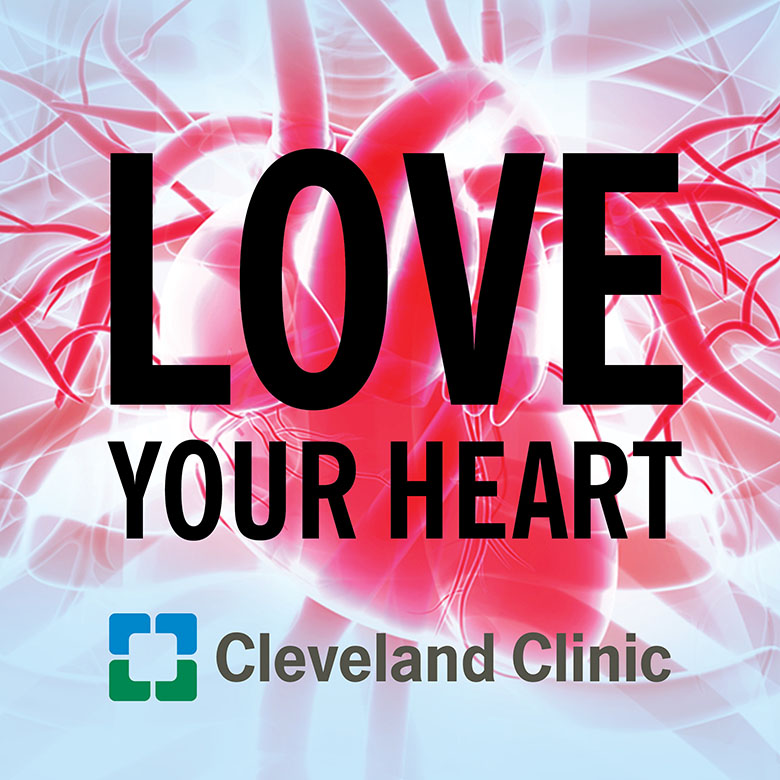
Love Your Heart
A Cleveland Clinic podcast to help you learn more about heart and vascular disease and conditions affecting your chest. We explore prevention, diagnostic tests, medical and surgical treatments, new innovations and more.
